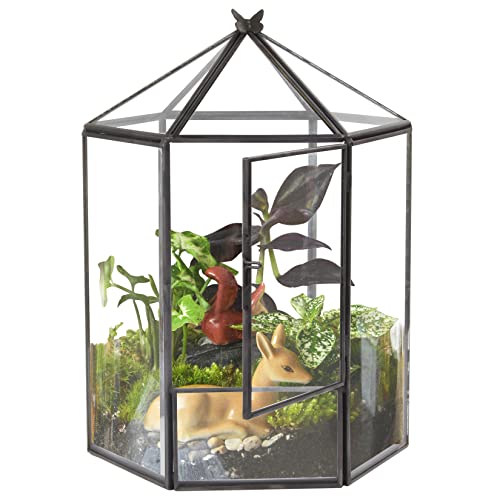@staplerSen Moving it to another container is the best idea; however, you will need to let the ooth fully harden. Just let it sit for 24 hours or more, personally I leave them for 2 to 3 days to ensure they are fully dry.
With the now hardened ooth place it in another container - I recommend a larger container so they have room to molt/grow before having to be moved, I use a 1 quart or larger container (my typical incubation container is a 5 gallon container for the Chinese species as they have so many eggs in a single ooth). The larger the better, as it gives them places to hide and escape, which cuts down on cannibalism.
Place the ooth in the same position it is currently orientated, that way the nymphs can successfully hatch (there is a hatching side on the ooth which needs to point downward as it is now for best results). The easiest/best method is place a gob of hot glue where you want to attach the ooth, and let the glue sit for about 10 seconds to cool off but still remain sticky. Then carefully press the ooth into the hot glue to attach it. Here is a
link to a video to show what to expect when they hatch.
The new container will act like a incubation container, and should have all the openings covered in fine mesh (like coffee filters or organza fabric) hot glued in place. The fine mesh will allow you to feed them Melanogaster/Hydei fruit flies (without them escaping) once the nymphs start hatching (feed them 24-48 hours afterwards), and it can serve for their nursery for about two molts before you need to separate the nymphs into their own habitats. If they are not separated at the L2 to L3 level then cannibalism between the nymphs will become a problem - if not sooner.
The container will need a small feeding hole added, and when not in use filled with a piece of sponge. That way you can feed the nymphs without them escaping from opening the lid. I also add a thin layer of sphagnum peat moss as substrate to act as a moisture wick, slowly releasing moisture as it absorbs sprayed water and it ensures no standing water - as even a single water drop can get a nymph stuck and/or drown it. I spray misted water in my incubation containers about every three-five days depending on the RH (room humidity), as the incubation containers hold moisture very well with the fine mesh - and once they hatch spray every other day. Do not spray the ooth though as it can cause mold that can ruin your ooth.
For feeding them fruit flies the best method I've come up with is
my FF baster (it is a DIY guide), saves a lot of time and effort. Also for help on how to create the feeding hole, covering openings with mesh, and other habitat needs see the
DIY habitat guide here for photos/instructions.
If you have any other questions just ask.

Here is one of my 1 quart incubating containers, this is the Brunner's mantis (Brunneria borealis) species...

This is my 5 gallon incubation container, and those are just a few Chinese nymphs (Tenodera sinensis) visible from a ooth - as they have about 100 that will hatch


























